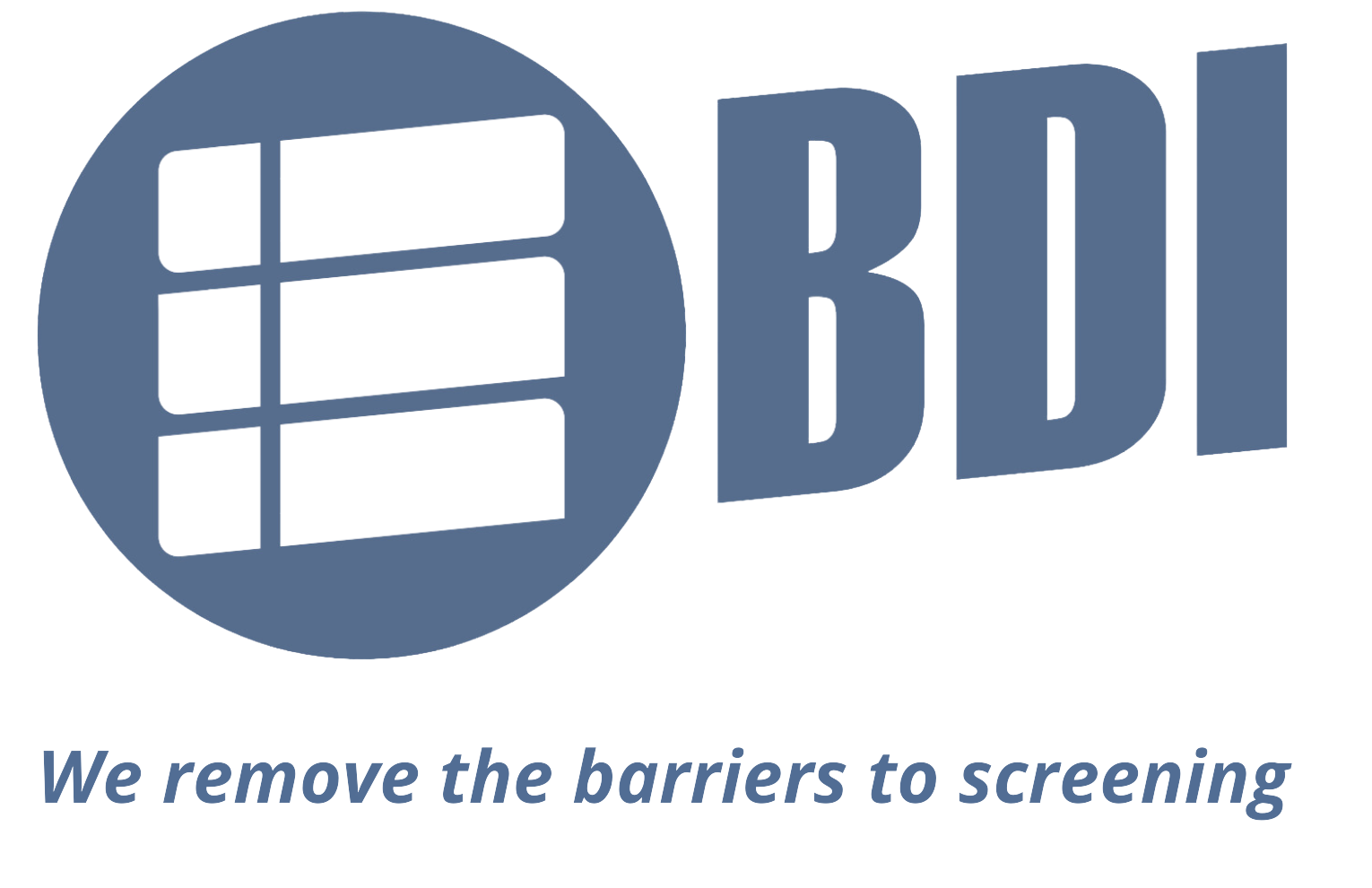AI algorithm effectively repurposes CT scans to screen for 2 key chronic diseases |
|
Experts are hopeful that routine CT scans could serve the dual purpose of screening patients for both osteoporosis and heart disease. |
READ MORE >Hannah Murphy | October 05, 2025 | Radiology Business | Computed Tomography Experts are hopeful that routine CT scans could soon serve the dual purpose of screening patients for both osteoporosis and heart disease. New research, led by Matthew Budoff, MD, a professor of medicine at UCLA and chief medical officer at Bone Density Inc. suggests that already-completed CT scans could be repurposed to measure both bone mineral density and coronary artery calcium. Considering the underutilization of both exams, Budoffand colleagues believe their findings could help address screening gaps. “These metabolic conditions are prevalent in middle age and older adults and can have severe consequences if—as often happens—they go undetected and thus untreated,” Budoff said in a statement. “Getting new imaging or other testing for each such disease is expensive and burdensome—hence this at-risk population often goes untested. This study shows that now we can detect and stratify the risk of multiple significant metabolic diseases like these in the same ‘opportunistic’ screening of an existing patient CT scan.” The team’s analysis used data from more than 6,800 adults between the ages of 45 and 84 who were free of clinical cardiovascular disease at the start of the NIH’s Multi-Ethnic Study of Atherosclerosis (MESA) trial. Using BDI’s proprietary bone density and fracture prediction algorithms, researchers assessed CT-based bone mineral disease as a measure of osteopenia/osteoporosis, while also evaluating coronary artery calcium scores. The goal was to determine the exact relationship between the two findings and whether the same CT exam could identify patients at risk for both. The group observed a clear inverse relationship between these two concerns. Patients with lower bone mineral density were significantly more likely to have higher coronary artery calcium scores; for example, a CAC score greater than 300 corresponded to an average reduction in BMD of 7 mg/cc in men and 5 mg/cc in women. Men with osteoporosis had a 65% increased risk of elevated coronary artery calcium, while women with the condition were up to 32% more likely to have detectable CAC on imaging. These findings support the idea that a single CT scan can help stratify the risk for both osteoporosis-related fractures and cardiovascular events, the group suggested. The team is optimistic their findings could influence clinical practice and insurance coverage. Since osteoporosis screening is already widely reimbursed, radiologists may be able to use the same images from those exams to flag hidden cardiovascular risk. “[Coronary artery calcium] is a well-known indicator of heart attack and stroke risk, but payers do not widely cover screening for CAC,” said BDI CEO Jonathan Taub. “Because BDI’s osteoporosis screening is widely covered by payers, our same osteoporosis screening can determine [cardiovascular disease] risk that may otherwise go undetected (and thus untreated) until ‘too late’—after adverse outcomes like heart attacks and strokes.” |
BDI algorithm effectively repurposes CT scans to screen for 2 key chronic diseases – osteoporosis and cardiovascular disease

